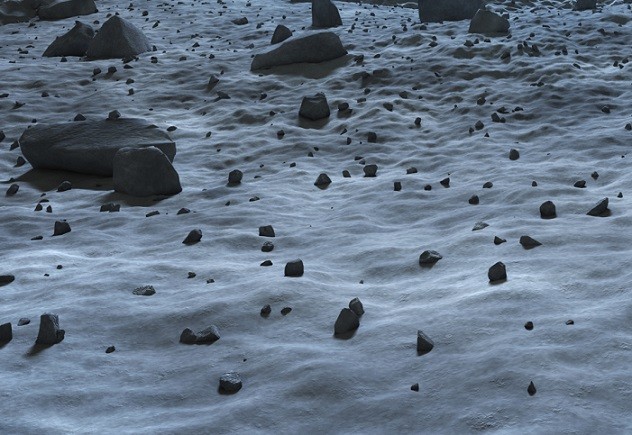Planet V is the name of yet another hypothetical planet between Mars and Jupiter, but the reasons for thinking it once existed are completely different. The story starts with the Apollo missions to the Moon. The Apollo astronauts brought many moon rocks back to Earth, some of which were “impact melt rocks,” formed when something big like an asteroid hits the Moon and generates enough heat to melt rock. Scientists used radiometric dating to estimate when those rocks cooled and found something surprising—most cooled during a narrow window between 3.8 and 4 billion years ago.
Apparently, many asteroids or comets struck the Moon during that time interval, an event known as the Late Heavy Bombardment (LH. It was “late” because it happened after most other bombardments. Big collisions happened all the time in the early solar system, but that time had passed. This raised a question: What happened to temporarily increase the number of asteroids hitting the Moon?
About 10 years ago, John Chambers and Jack J. Lissauer suggested that the cause might have been a long-lost planet, which they called Planet V. They proposed that Planet V started out in an orbit between the orbits of Mars and the main asteroid belt before the gravity of the inner planets caused Planet V to move out into the asteroid belt, where it knocked many asteroids onto trajectories that ultimately led them to hit the Moon. Meanwhile, Planet V crashed into the Sun. This hypothesis has been met with criticism—not everyone agrees that the LHB happened, but even if it did, there are other possible explanations besides the Planet V hypothesis.

